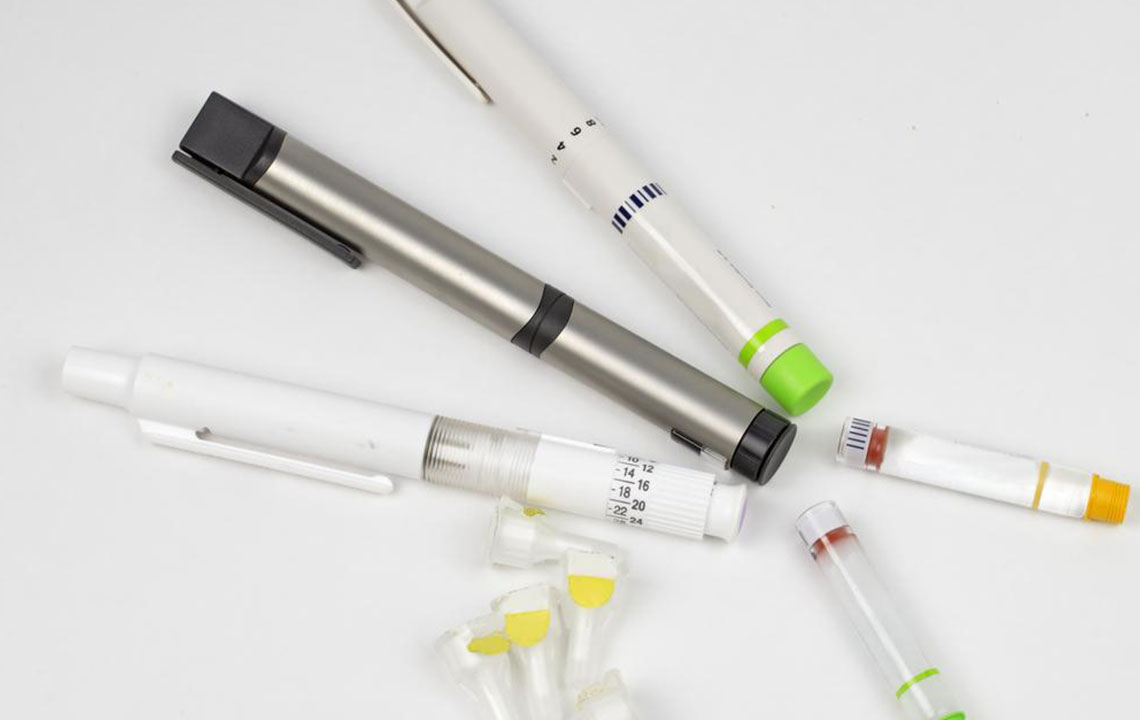
Here are a few common types of insulin you ought to know about
Insulin is a hormone that the body produces to metabolize glucose. For both type 1 and type 2 diabetes, patients may require insulin therapy to make up for their body’s requirements for the hormone.
Insulin can be administered through injections, intravenous fluids or insulin pumps. In fact, insulin pumps are becoming popular for diabetes treatment. Here are a few common types of insulin used by diabetic patients.
Types of insulin
There are many different types of insulin based on how fast they begin to act inside the body and the duration of their effect in the body. Insulin categories can also be based on how they are derived.
Based on speed
- Rapid-acting: This type of insulin can begin to act within 15 minutes of dose with a peak time of 1-2 hours and a constant time of 2-4 hours. Example – Apidra, NovoLog
- Short-acting: This type of insulin can begin to act within 30 minutes of dose with a peak time of 2-3 hours and a constant time of 3-6 hours. Examples – Novolin, Velosulin (used for insulin pumps)
- Intermediate: This type of insulin can begin to act within 2 hours of dose with a peak time of 4-12 hours and a constant time of 16-24 hours. Example – NPH (N)
- Long-acting: This type of insulin can begin to act within 2-4 hours of dose with no peak time and a constant time of 14-24 hours. Example – Lantus insulin, Levemir, Tresiba
- Pre-mixed: This type of insulin can begin to act within 10-30 minutes of dose with a peak time of 1-5 hours and a constant time of 14-24 hours (times can vary depending on the insulin types mixed). These numbers are approximations based on different brands of insulin. Example – Novolin 70/30, NovoLog 70/30, Humalog mix 75/25
Based on form
- Animal insulin: Derived from animals.
- Human insulin: Made in laboratories.
- Analogue insulin: Lab-grown but modified with different onset (how quickly insulin acts) and constant times.
Human and analog insulin types are now used for the treatment of both type 1 and type 2 diabetes. Insulin can be injected through syringes and pens, can be administered through intravenous methods under medical supervision or taken in through insulin pumps. Your treatment plan can determine the type of insulin, its dose, and the administration method.
- Previous Post
- Next Post